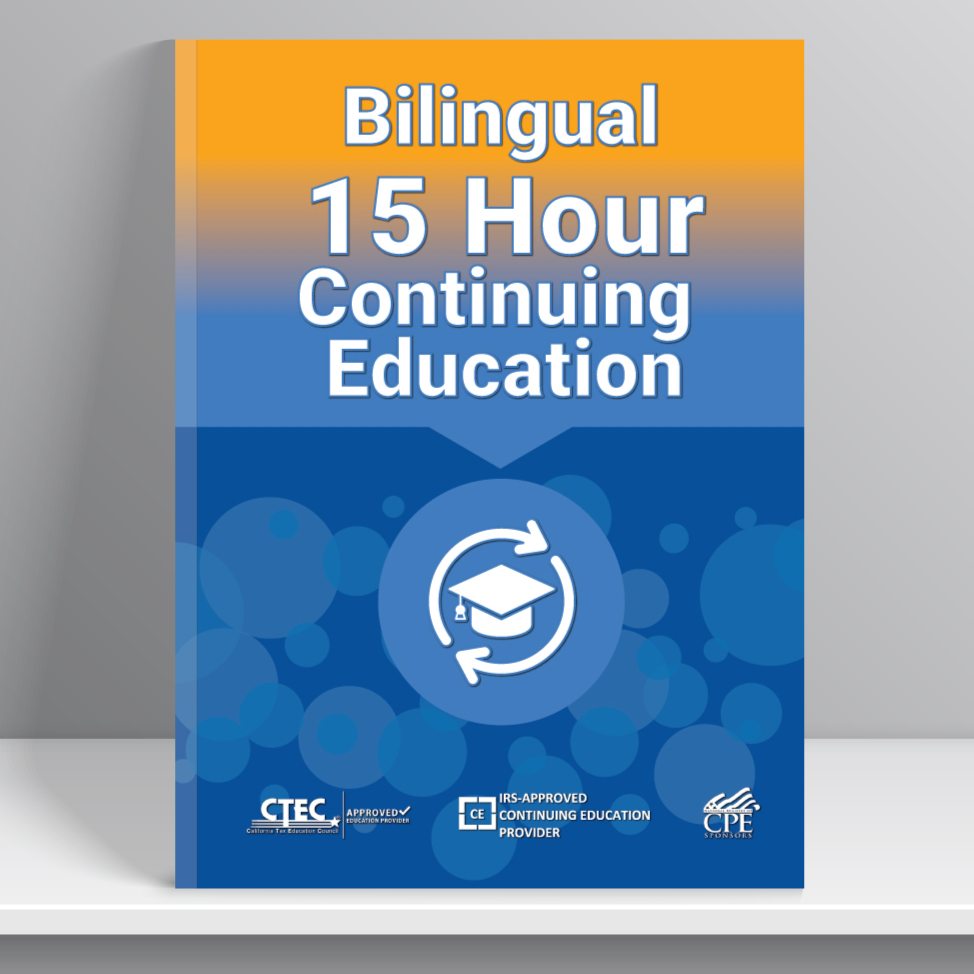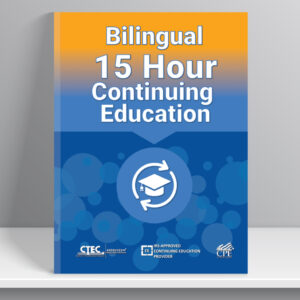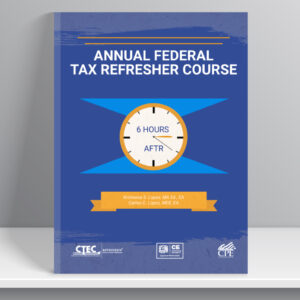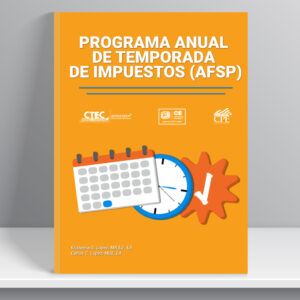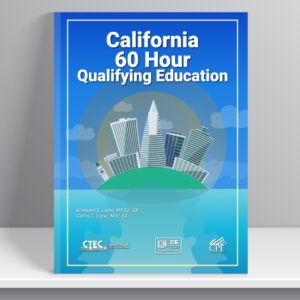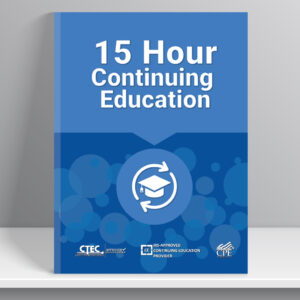Chapter 1: Ethics
This chapter will explain how to determine who qualifies as a tax return preparer, what representation rights a preparer has, how that individual is bound by the Circular 230 guidelines, and what it means for a tax preparer to behave ethically and responsibly.
Chapter 2: Income
The IRS has the authority to tax all income from whatever source it is derived. This includes compensation for services, gains from dispositions of property, interest and dividends, rent and royalties, pensions and annuities, gambling winnings, and even illegal activities. All such income a person receives is collectively referred to as “worldwide income.” However, not all money or property is taxable or subject to tax. This chapter will cover the different types of taxable and nontaxable income and show you where and how to report such wages on a professionally prepared tax return. A tax professional must recognize the different kinds of taxable income, tax-exempt income, and other income included in Schedule 1, line 21, and must know how to figure out the taxable percentage on Social Security benefits.
Chapter 3: Tax Credits and Payments
A nonrefundable tax credit reduces the amount of tax liability that may have to be paid. Unlike a deduction, which reduces the amount of income that is subject to taxation, a credit directly reduces the tax itself. There are two types of credits: nonrefundable, which cannot reduce tax liability below zero, and refundable, which can reduce tax liability below zero, resulting in the need for a refund.
Chapter 4: Other Taxes and Taxpayer Penalties
This chapter provides an overview of miscellaneous taxes from the Form 1040 and reported on Schedule 2 that a taxpayer might be assessed. This includes excess Social Security tax, additional taxes on IRAs, the Alternative Minimum Tax, and household employment taxes.
Chapter 5: Business Income
This chapter presents an overview of Schedule C, which includes income and expenses. The income or loss is reported on Form 1040, Schedule 1, line 3. Sole proprietorship is not a legal entity; it refers to a person who owns a business and is personally responsible for its debts. Sole proprietorship is a popular business structure due to the simplicity, ease of setup, and nominal startup costs. Ultimately, a sole proprietor would register the business name with the state and city, obtain local business licenses, and then open for business. A drawback of being a sole proprietor is that the owner is 100% personally liable for the business’s income and/or debt.
Chapter 6: Offer in Compromise
An Offer in Compromise (OIC) is an agreement between a taxpayer and the Internal Revenue Service (IRS) that allows the taxpayer to settle their tax debt for less than the full amount that they owe. It may be a legitimate option if the taxpayer cannot pay their full tax liability or if trying to pay the tax liability creates a financial hardship for the taxpayer. The IRS will consider everyone’s unique set of facts and circumstances including their ability to pay, their income and expenses, and their asset equity. There is a pre-qualifier online interview on the IRS website that taxpayers can take to see if they are eligible for an OIC.
Chapter 7: 2024/2024 Tax Updates
This course covers the 2024/2024 annual inflation adjustments of standard deductions, tax rates, and refundable and nonrefundable credits. This course will have information on how the pandemic has changed tax season and other important events. Learn the latest changes on the regulations regarding qualified business income (QBI) and changes. Changes to Form 1040 and the schedules will be discussed and so much more. Additional topics include:
- ARPA
- CARES Act
- SECURE Act
- Families First Coronavirus Act
- Annual Inflation Adjustments
- Disaster relief changes
Field of Study: Federal Tax Law 10 Hours, Federal Tax Updates 3 Hours, Behavioral Ethics 2 Hours
Course Level: Intermediate
Prerequisite: General tax preparation knowledge is required
Delivery Method: Self-Study

